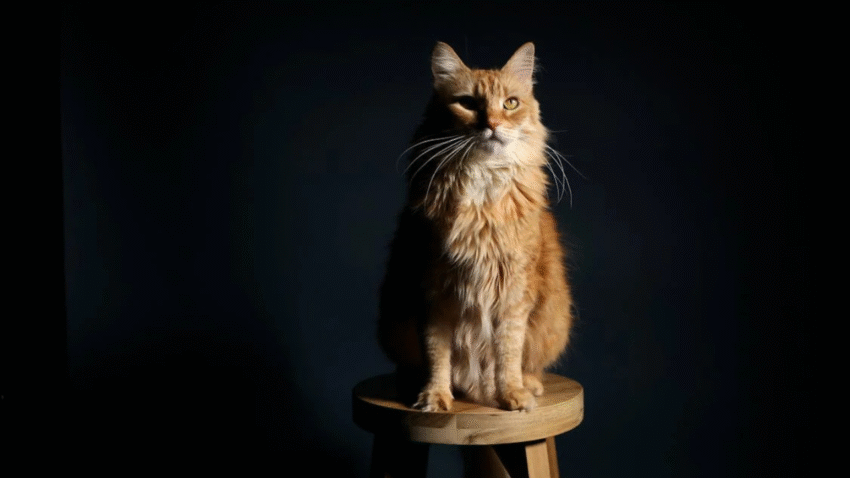Introduction
Struggling with tangles, shedding, or a less-than-fresh-smelling feline? Learning how to groom a long-haired cat at home can save you trips to the groomer, strengthen your bond with your pet, and keep your cat looking their best. In this guide, you’ll discover practical, step-by-step grooming tips to make your long-haired cat’s grooming routine stress-free and effective.
Why Grooming a Long-Haired Cat Matters
Long-haired cats are beautiful, but their luxurious coats can easily become a mess without proper care. Grooming helps prevent painful mats, controls shedding, and reduces the risk of skin infections. It’s also an important way to check for fleas, wounds, or unusual lumps early. For indoor cats, regular grooming helps them stay clean and reduces the chances of hairballs from excessive self-cleaning.
Benefits include:
- Preventing matting and knots
- Reducing hairballs
- Improving coat health and shine
- Detecting skin issues early
- Enhancing your cat’s comfort and hygiene
Step-by-Step Guide to Grooming a Long-Haired Cat at Home
Step 1: Prepare Your Tools
Before you begin, gather everything you’ll need:
- Wide-tooth comb
- Slicker brush or de-shedding tool
- Grooming scissors (with rounded tips)
- Cat-friendly detangling spray
- Cat nail clippers
- Treats for rewarding your cat
Choose a quiet, calm space where your cat feels safe.
Step 2: Get Your Cat Comfortable
Start with gentle petting and let your cat sniff the grooming tools. Use a calm, soothing voice. If your cat seems nervous, groom in short sessions over a few days.
Step 3: Detangle and Remove Loose Hair
- Begin by gently running a wide-tooth comb through your cat’s fur, especially around the neck, chest, and hindquarters.
- Work in sections. If you encounter a tangle, hold the fur close to the skin to avoid pulling and gently work through it.
- For stubborn mats, use your fingers or grooming scissors to carefully trim them away—never pull on the skin.
Step 4: Use a Slicker Brush for Deeper Grooming
- After detangling, use a slicker brush to remove loose undercoat and prevent shedding.
- Brush with the direction of hair growth. Focus on common matting areas like the armpits, behind the ears, belly, and tail.
Step 5: Trim Nails and Check for Issues
- Trim your cat’s nails carefully using cat-specific clippers. Avoid the quick (pink part of the nail).
- Check the skin for bumps, fleas, or irritation as you groom. Look behind the ears and along the spine.
Step 6: Finish with a Clean-Up
- Use a damp cloth to gently wipe your cat’s eyes, ears, and paws if needed.
- Give a few treats and gentle praise to reward your cat for their patience.
Common Mistakes to Avoid
1. Skipping Regular Grooming
Long-haired cats need grooming at least 3–4 times a week. Waiting too long causes painful mats that may require professional removal.
2. Brushing Only the Top Layer
Make sure you’re getting down to the undercoat—this is where tangles and shedding start.
3. Ignoring Signs of Discomfort
If your cat flinches or growls, stop and reassess. Pain or fear can make grooming a traumatic experience.
4. Using Human Products
Never use human shampoo, sprays, or scissors. Always opt for tools and products made specifically for cats.
5. Forcing Long Sessions
Cats have short attention spans. Keep sessions short and positive. It’s okay to groom in multiple sittings.
Extra Tips & Recommendations
- Brush After Playtime or Mealtime: Cats are more relaxed after play or food, making grooming easier.
- Use a Detangling Spray: Light sprays can help work through tough mats without causing pain.
- Create a Routine: Grooming at the same time each week builds habit and trust.
If your cat absolutely refuses grooming, consider consulting a vet or professional groomer for advice. For more advice on cat care, check out our full guide on [How to Reduce Shedding in Cats Naturally].
Conclusion
Grooming a long-haired cat at home doesn’t have to be a battle. With the right tools, gentle handling, and a consistent routine, you can keep your cat’s coat clean, tangle-free, and beautiful. Remember to take it slow, use lots of praise, and make it a bonding experience. Your cat—and your furniture—will thank you!
